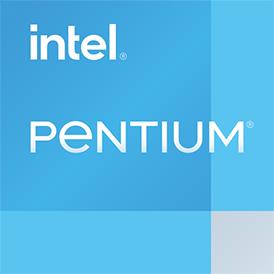AMD Athlon II X4 631 or
AMD Athlon II X4 631 – which processor offers superior performance? In this comparison, we examine disparities and assess which of these two CPUs outperforms the other. We delve into technical specifications and benchmark outcomes.
The
AMD Athlon II X4 631 features
4 processor cores and has the capability to manage 4 threads concurrently.
It was released in Q3/2011 and belongs to the 2 generation of the
AMD Athlon II series.
To use the AMD Athlon II X4 631, you'll need a motherboard with a
FM1 socket.
The
Intel Pentium Gold G7400E features
2 processor cores and has the capability to manage 4 threads concurrently.
It was released in Q1/2022 and belongs to the 11 generation of the
Intel Pentium series.
To use the Intel Pentium Gold G7400E, you'll need a motherboard with a
LGA 1700 socket.
 iGPU - FP32 Performance (Single-precision GFLOPS)
iGPU - FP32 Performance (Single-precision GFLOPS)

